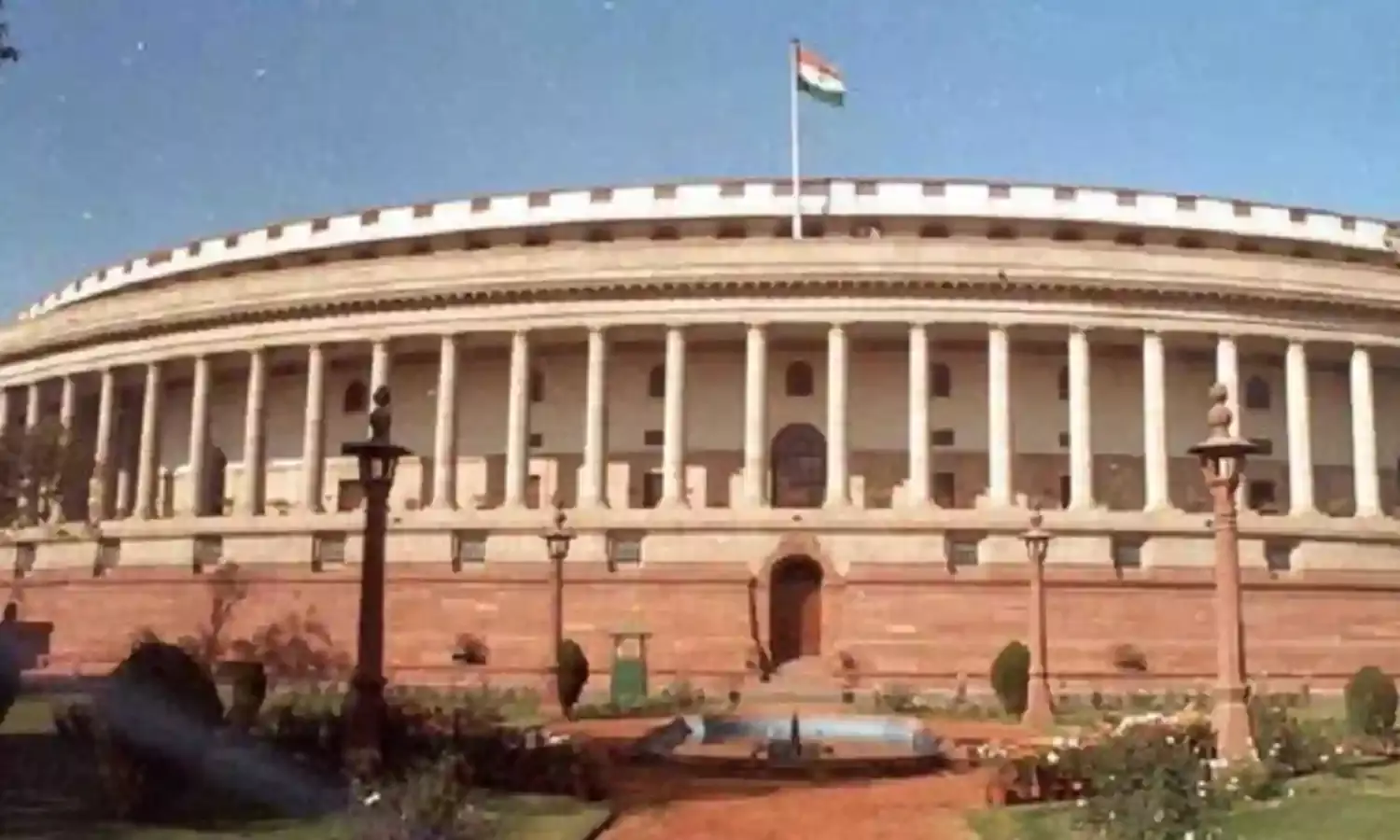The Problem with Reservation for Economically Backward Upper Castes
The economic criterion simply allows upper caste groups to monopolise state power

Just months ahead of a crucial general election, the BJP/RSS led government has approved 10 per cent reservation for economically backward upper caste individuals in government jobs and education. Both Houses of Parliament passed the bill. Following cabinet approval, the government will now move to amend the Constitution in order to grant this reservation on the basis of economic backwardness.
In order to do so the government will amend Articles 15 and 16 of the Constitution, which will benefit several upper castes across the country.
Existing reservation policies were highly unpopular among the so-called middle classes, but of late dominant groups like Jats, Patels and Marathas had also begun demanding reservation for themselves. The upper caste groups launched violent protests long back demanding reservation quotas on the basis of individuals’ economic status.
It is a matter of concern that the term ‘social backwardness’ is not correctly understood by many people in India. Usually, socially backward communities are linked to a traditional occupation, which is considered to be inferior or “lowly” and is sometimes even vilified. We never find a Brahmin doing manual scavenging or cleaning toilets in households. If a caste or community is not established to be socially backward, the question of reservation cannot arise.
Reservation based on economic status can never be an alternative to caste-based reservation, because the poverty prevailing among the Scheduled Castes has its genesis in the social-religious deprivations of the caste system. Nor can the ‘creamy layer’ among SC/ ST/ OBC communities be excluded from reservation policies, because they are entitled to protection against discrimination based on their group identity.
As far as economically weak SCs and STs are concerned, they need both financial support as well as reservation to ensure fair access to education and employment. The solution to every problem is to strike it at its roots – but poverty is an effect, having its roots in the caste system. The economic status of individuals is subject to change and most importantly, in caste-ridden India, infested with corruption, it will be a cakewalk for the upper castes to purchase a fake ‘Income Certificate’ from the authorities.
The economic criterion simply allows upper caste groups to monopolise state power, which is something that the reservation scheme was meant to counter.
The argument that SC/ ST people use reservation quotas even after obtaining top positions in society is popular propaganda, circulated to make caste-hierarchical society believe that people from the lower castes are inefficient and don’t work hard, since they get through using the quota system.
The malicious campaign against reservation is spread rigorously on the grounds of education and employment, because that's perhaps the only time an ‘upper caste’ individual feels discriminated against on the basis of caste.
People who have benefited from reservation are meanwhile helping and inspiring their communities to come up the ranks.
Though there is a feeling that reservation contributes to the strengthening of casteism, by constantly reminding people about their caste and how they can use it to their advantage, it is upper caste people who strengthen casteism by setting up their caste organisations and organising caste sammelans (conventions). In elections, open, and sometimes not-so-open appeals are made to caste affinities, from the choice of candidate to the time of polling, to fuel casteism.
A person occupying a constitutional post is not expected to mislead the country, but last September Lok Sabha speaker Sumitra Mahajan raised questions over the benefits of reservation, quoting Ambedkar who had said that reservations must be only for 10 years. Many eminent scholars and journalists too often get confused over the limit for quotas for government jobs and educational institutions. But the 10-year limit Ambedkar mentioned was only in reference to political reservations in the legislature.
SCs form around 16.2% of India’s population, while STs form 8.2% of it. Although there’s no accurate data available on the population of OBCs, a survey by the National Sample Survey Organisation in 2006 had put the OBC population in the country at 40.94%.
So, going by the available statistical data, the SC/ ST/ OBC communities constitute more than 65% of India’s population. Given the Supreme-Court mandated ceiling on reservation at 50%, this means that students belonging to communities which make up 65% of the country’s population are competing for just 49.5% of seats at the IITs, for example. And those accounting for 35% of the population are competing in 50.5% seats.
Even in the current scenario, the upper castes have the privilege of not facing stiff competition.
Many people complain that reservations are making India ‘inefficient’, but we must remember that to achieve economic efficiency, certain freedoms, like the choice of occupation, work and educational opportunities are necessary preconditions.
The reservation system is just like an athletics track where the players are given different starting positions to make sure that the distance they run in total is the same. Until we create an environment where everyone is guaranteed some minimum capabilities through the guarantee of reservation, we cannot claim to have fair competition.



